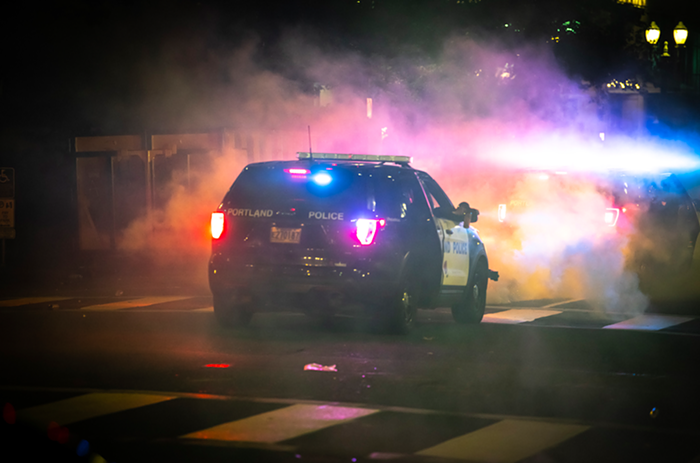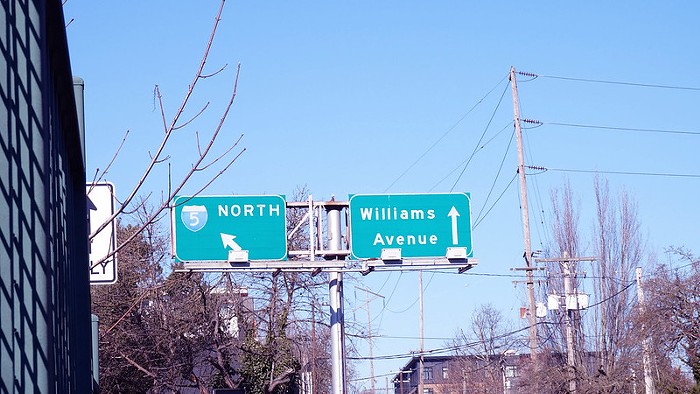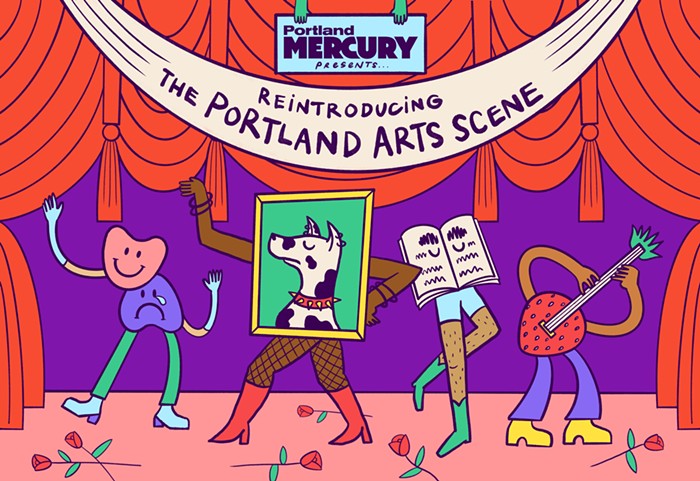When it comes to mainstream rock history, the years between the Sex Pistols' implosion in 1977 and the release of Nirvana's Nevermind in 1991 are regarded as a barren wasteland of musical creativity. There's no denying that the period boasts loads of unforgivable schlock, but somehow the story of postpunk too often falls through the cracks. Finally, that's all changing.
The past few years of indierock have been completely dominated by bands—Liars, Bloc Party, Franz Ferdinand, etc.—who have taken their cues from their postpunk heroes, triggering a tidal wave of reissues of long out-of-print recordings from the late '70s. To commemorate this postpunk renaissance, rock journalist Simon Reynolds, a former editor at Spin, has put together an exhaustive chronicle that spans from well-known acts such as Talking Heads and Joy Division, to more outré artists like Throbbing Gristle and Swell Maps.
Reynolds locates postpunk's origin at the moment Johnny Rotten shed his Sex Pistols moniker, reclaiming his real name, John Lydon, to form Public Image Ltd. From there, every avenue of postpunk in the UK and in the US is examined, from mutant disco to goth. Reynolds, who was a teenager at the height of postpunk, presents an unapologetically loving depiction of the era. As I read, I revisited some of the music I remembered and, at times, what I heard was definitely at odds with his superlative appraisals. Still, Rip It Up's strength is its labored research and the way Reynolds situates the music in a comprehensive context. Much of the story will be familiar to rock obsessives, but it contains plenty of rewarding trivia and anecdotes. For example, who knew that Virgin megaboss Richard Branson flew an unsigned Devo to Jamaica, smoked them out, and then tried to convince them to make John Lydon their new singer?
For rock criticism, Rip It Up is intelligent and compulsively readable. And its subject is deserving of the attention: Those bands that took the ethos of punk's DIY spirit, not its willful musical ineptitude, and ran with it in every direction imaginable make the bands of punk's first wave look like snot-nosed trad-rockers.














